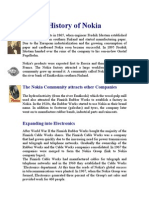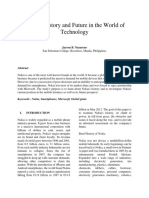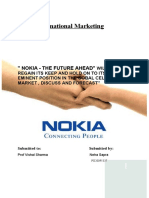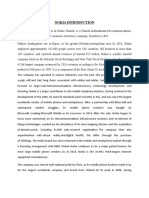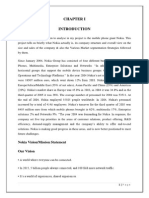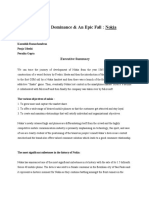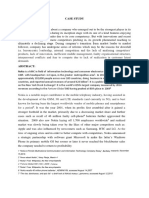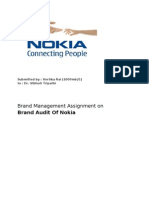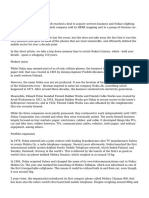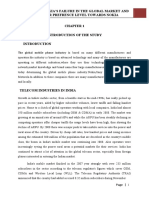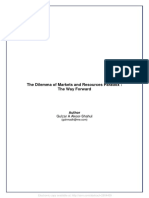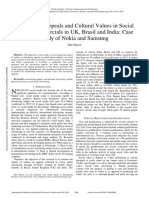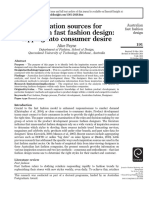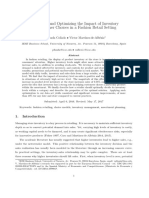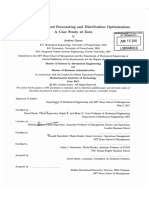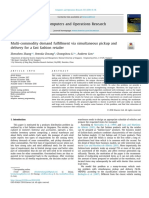0% found this document useful (0 votes)
137 views5 pagesThe Nokia Revolution: The Story of An Extraordinary Company That Transformed An Industry
1) The document discusses the history and rise of Nokia Corporation from its origins in 1860s Finland as a small pulp mill to becoming the world's largest mobile phone manufacturer.
2) Key to Nokia's success was its focus on innovation, global expansion, and strategic diversification into new technologies like telecommunications and mobile devices.
3) The document aims to uncover the "inner workings" and strategic factors behind Nokia's transformation, beyond what is publicly known, through a detailed analysis of its corporate history and decision-making.
Uploaded by
love angelCopyright
© © All Rights Reserved
We take content rights seriously. If you suspect this is your content, claim it here.
Available Formats
Download as PDF, TXT or read online on Scribd
0% found this document useful (0 votes)
137 views5 pagesThe Nokia Revolution: The Story of An Extraordinary Company That Transformed An Industry
1) The document discusses the history and rise of Nokia Corporation from its origins in 1860s Finland as a small pulp mill to becoming the world's largest mobile phone manufacturer.
2) Key to Nokia's success was its focus on innovation, global expansion, and strategic diversification into new technologies like telecommunications and mobile devices.
3) The document aims to uncover the "inner workings" and strategic factors behind Nokia's transformation, beyond what is publicly known, through a detailed analysis of its corporate history and decision-making.
Uploaded by
love angelCopyright
© © All Rights Reserved
We take content rights seriously. If you suspect this is your content, claim it here.
Available Formats
Download as PDF, TXT or read online on Scribd
/ 5

